AWS Security Best Practices to Streamline Your SOC 2 Audit
- Nitin Yadav
- Knowledge
About
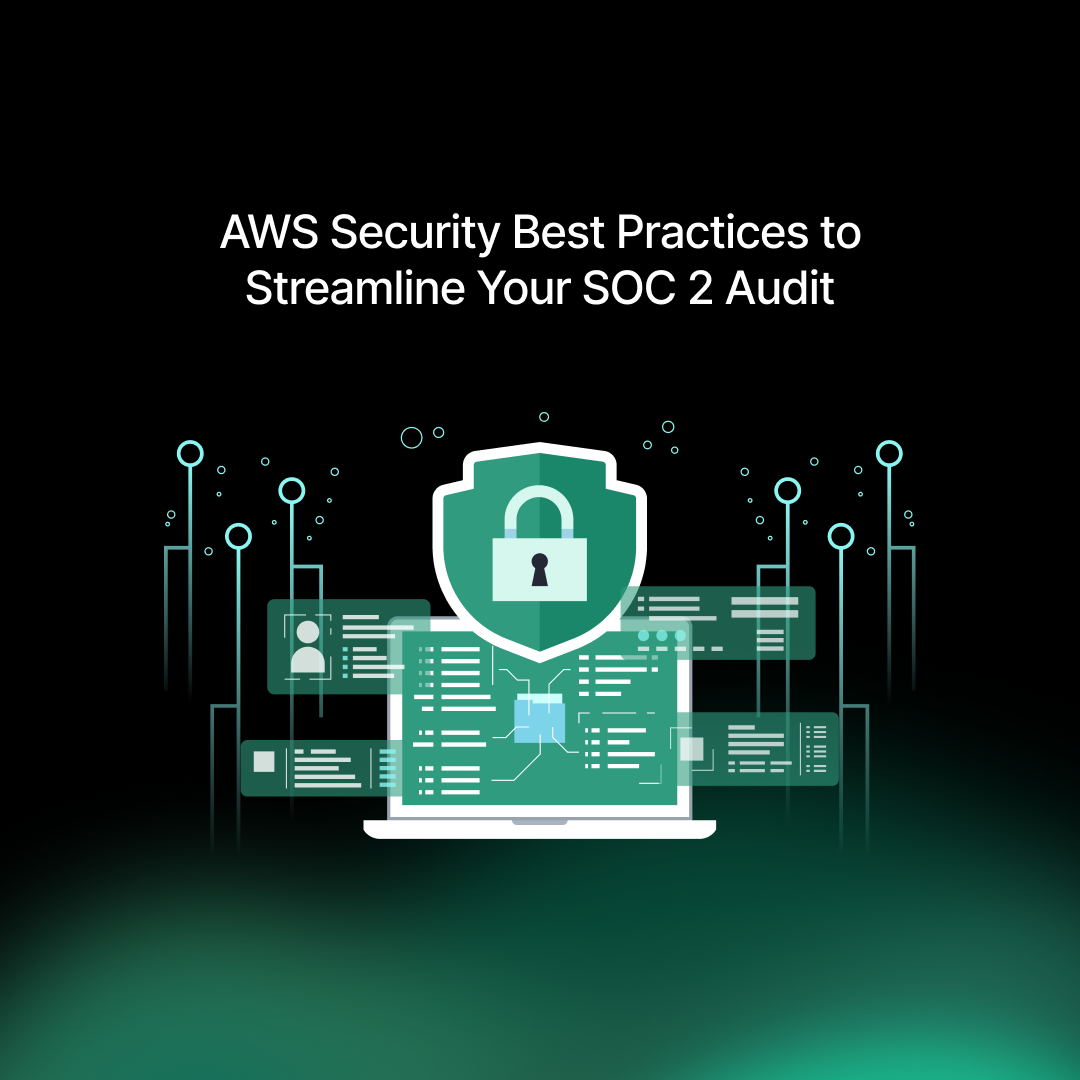
Discover key AWS security best practices to streamline your SOC 2 audit. Learn how to enhance compliance, automate security, and protect sensitive data effectively.
Industries
- AWS, AWS SOC 2, DevOps, Security, SOC 2
Share Via
Introduction
As organizations increasingly rely on cloud-based solutions, achieving SOC 2 compliance has become a critical milestone for SaaS companies and enterprises handling sensitive customer data. AWS (Amazon Web Services) provides a robust security framework, offering built-in tools and best practices that streamline the SOC 2 audit process.
In this guide, we’ll explore the AWS security best practices that help organizations simplify their SOC 2 audit, maintain compliance, and safeguard sensitive data.
Understanding SOC 2 Compliance in AWS
What is SOC 2 Compliance?
SOC 2 is a compliance framework developed by the American Institute of Certified Public Accountants (AICPA) that evaluates how organizations secure, process, and store customer data. It is built around the five Trust Service Criteria (TSC):
- Security – Protection against unauthorized access.
- Availability – Ensuring reliable system performance.
- Processing Integrity – Accurate and timely data processing.
- Confidentiality – Restricted data access.
- Privacy – Proper handling of personal information.
For AWS-hosted applications, SOC 2 compliance ensures that security controls are in place to protect customer data effectively.
How AWS Helps with SOC 2 Compliance
AWS offers a secure cloud infrastructure and pre-configured security services that align with SOC 2 requirements. Services like AWS Identity and Access Management (IAM), AWS Config, AWS CloudTrail, and AWS Security Hub provide real-time monitoring and compliance tracking, making audits smoother and more efficient.
AWS Security Best Practices for SOC 2 Compliance
1. Implement Strong Identity and Access Management (IAM) Controls
Why It Matters: Identity management is the foundation of SOC 2 security. AWS IAM allows organizations to restrict access, enforce multi-factor authentication (MFA), and manage user roles effectively.
Best Practices:
- Follow the principle of least privilege (PoLP) – grant only the necessary permissions.
- Enable multi-factor authentication (MFA) for all users.
- Use AWS IAM roles and groups instead of individual user credentials.
- Rotate access keys and avoid hardcoding credentials in applications.
2. Enable AWS CloudTrail for Audit Logging
Why It Matters: SOC 2 auditors require detailed activity logs to verify that security policies are consistently enforced.
Best Practices:
- Enable AWS CloudTrail for real-time logging of API activity.
- Store logs in Amazon S3 with encryption enabled.
- Set up AWS CloudWatch Alarms to detect anomalies and suspicious activity.
3. Use AWS Config to Track Configuration Changes
Why It Matters: Configuration drift can introduce security vulnerabilities. AWS Config ensures that all AWS resources maintain compliance with security policies.
Best Practices:
- Define AWS Config rules that enforce compliance standards.
- Enable automatic remediation for non-compliant changes.
- Generate compliance reports to prepare for audits.
4. Encrypt Data at Rest and in Transit
Why It Matters: Data encryption is essential to protect sensitive information and meet SOC 2 confidentiality requirements.
Best Practices:
- Use AWS Key Management Service (AWS KMS) for encrypting data at rest.
- Enable TLS encryption for data in transit.
- Implement AWS Secrets Manager to store and manage sensitive credentials securely.
5. Strengthen Network Security with VPC and Security Groups
Why It Matters: A properly configured Virtual Private Cloud (VPC) limits exposure to threats by segmenting networks.
Best Practices:
- Use VPC security groups and network ACLs to control inbound and outbound traffic.
- Restrict public access to databases and sensitive resources.
- Enable AWS Shield for DDoS protection.
6. Automate Security Compliance with AWS Security Hub
Why It Matters: AWS Security Hub provides a centralized security dashboard that identifies security risks and compliance violations.
Best Practices:
- Integrate AWS Security Hub with AWS Config and GuardDuty.
- Set up automated security assessments using AWS Lambda.
- Generate compliance reports for SOC 2 audits.
7. Monitor for Security Threats with Amazon GuardDuty
Why It Matters: Proactive threat detection helps prevent data breaches and unauthorized access.
Best Practices:
- Enable Amazon GuardDuty to continuously monitor AWS accounts for suspicious activity.
- Set up alerts for unusual login attempts, API misuse, and data exfiltration attempts.
- Automate remediation using AWS Lambda functions.
8. Define an Incident Response Plan with AWS Systems Manager
Why It Matters: SOC 2 requires a documented incident response plan to handle security incidents effectively.
Best Practices:
- Use AWS Systems Manager to automate incident response workflows.
- Implement AWS Backup to ensure data recovery in case of security incidents.
- Conduct regular incident response drills to test response readiness.
9. Regularly Conduct Security Audits and Penetration Testing
Why It Matters: Routine security assessments help identify and fix vulnerabilities before they become compliance risks.
Best Practices:
- Perform internal security audits using AWS Inspector.
- Hire third-party security firms for penetration testing.
- Keep audit logs readily available for SOC 2 compliance verification.
10. Use AWS Organizations for Centralized Security Management
Why It Matters: Managing security policies across multiple AWS accounts can be complex. AWS Organizations helps enforce unified security controls.
Best Practices:
- Use Service Control Policies (SCPs) to enforce organization-wide security policies.
- Enable AWS CloudFormation StackSets to deploy security configurations consistently across accounts.
- Monitor multi-account activity using AWS Security Hub.
Conclusion
Achieving SOC 2 compliance on AWS requires a proactive approach to security, continuous monitoring, and well-defined access controls. By implementing these AWS security best practices, organizations can streamline the SOC 2 audit process, ensure data integrity, and enhance customer trust.
By leveraging AWS security tools and following these best practices, organizations can navigate the SOC 2 audit process smoothly and ensure ongoing compliance in an evolving cloud landscape.
Need help with AWS security and SOC 2 compliance? Contact SquareOps today to secure your AWS environment and simplify your compliance journey!
Frequently asked questions
SOC 2 compliance ensures that a company follows strict security controls for handling customer data. For AWS-hosted applications, it validates that data security, availability, and privacy measures meet industry standards.
AWS offers built-in security services such as AWS IAM, AWS CloudTrail, AWS Config, AWS Security Hub, and AWS KMS, which help organizations meet SOC 2 security and compliance requirements.
Key best practices include strong IAM controls, enabling audit logging, encrypting data, monitoring security threats, and automating compliance tracking using AWS security tools.
AWS Identity and Access Management (IAM) helps enforce role-based access control (RBAC), least privilege access, and multi-factor authentication (MFA) to prevent unauthorized access to sensitive data.
AWS CloudTrail records all API activities, providing a detailed audit log that helps organizations track security events, detect anomalies, and generate reports for SOC 2 compliance.
AWS Config continuously monitors and tracks AWS resource configurations, ensuring that they remain compliant with predefined security policies and providing insights into configuration changes.
Organizations should encrypt data at rest using AWS Key Management Service (KMS) and data in transit using TLS encryption to protect sensitive information.
Amazon GuardDuty provides threat detection by identifying suspicious activities, unauthorized access attempts, and potential security breaches in AWS environments.
Challenges include maintaining consistent security policies, continuous monitoring, ensuring encryption standards, and demonstrating compliance evidence to auditors.
AWS Security Hub provides a centralized security management dashboard that integrates multiple AWS security tools, allowing organizations to automate compliance assessments and detect security risks in real time.
Related Posts
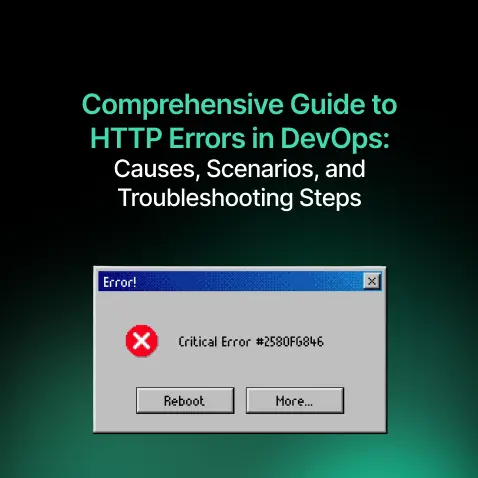
Comprehensive Guide to HTTP Errors in DevOps: Causes, Scenarios, and Troubleshooting Steps
- Blog
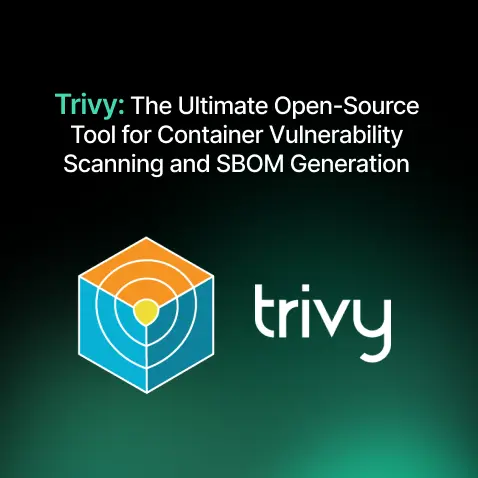
Trivy: The Ultimate Open-Source Tool for Container Vulnerability Scanning and SBOM Generation
- Blog
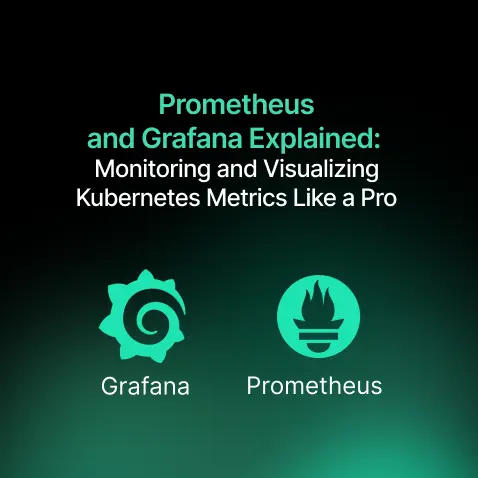
Prometheus and Grafana Explained: Monitoring and Visualizing Kubernetes Metrics Like a Pro
- Blog
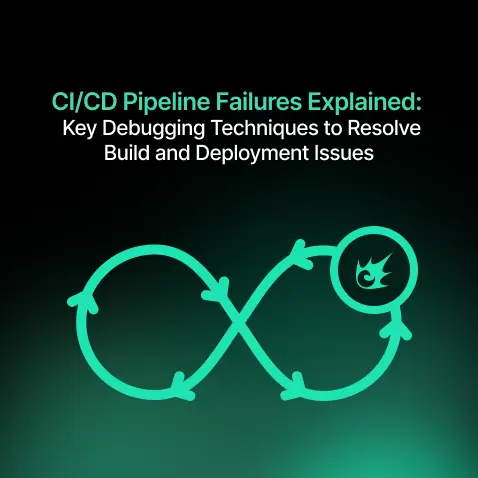
CI/CD Pipeline Failures Explained: Key Debugging Techniques to Resolve Build and Deployment Issues
- Blog
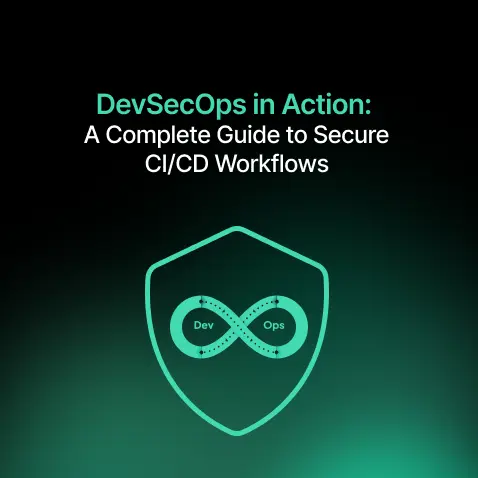
DevSecOps in Action: A Complete Guide to Secure CI/CD Workflows
- Blog
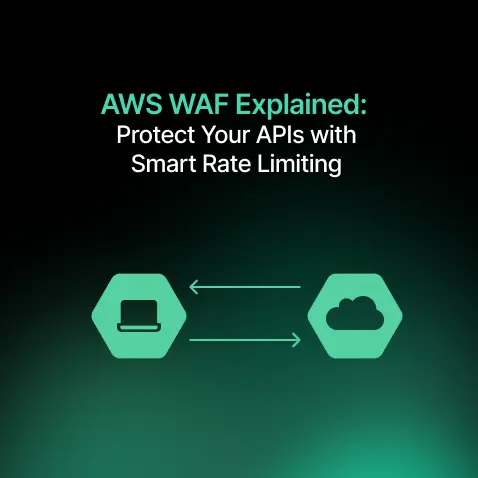
AWS WAF Explained: Protect Your APIs with Smart Rate Limiting
- Blog

